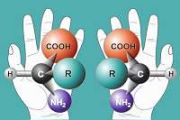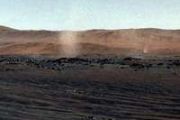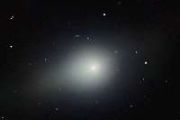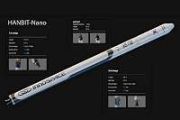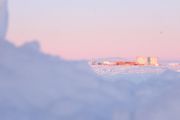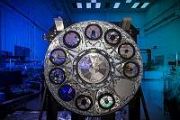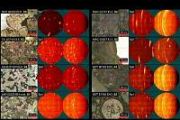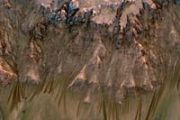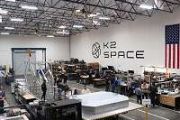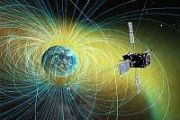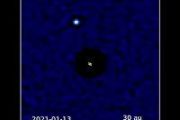
Copernical Team
Accenture invests in SpiderOak to elevate satellite communications security in space
 Accenture (NYSE: ACN) has made a strategic investment, through Accenture Ventures, in SpiderOak, a leader in zero-trust cybersecurity and resiliency solutions for next generation space systems. Based in Reston, Virginia, SpiderOak's OrbitSecure product suite brings zero trust security to zero gravity environments. OrbitSecure leverages a powerful combination of no-knowledge encryption and distri
Accenture (NYSE: ACN) has made a strategic investment, through Accenture Ventures, in SpiderOak, a leader in zero-trust cybersecurity and resiliency solutions for next generation space systems. Based in Reston, Virginia, SpiderOak's OrbitSecure product suite brings zero trust security to zero gravity environments. OrbitSecure leverages a powerful combination of no-knowledge encryption and distri Arlula secures $2.2 million in seed funding to enable global space data access
 Australian space tech startup Arlula reports it has raised AUD$2.2 million (USD$1.5 million) to expand access to Earth Observation (EO) data and imagery, allowing individuals, small businesses and large enterprises alike to harness its full potential.
The funding was led by Main Sequence, Australia's deep tech investment fund founded by CSIRO, with participation from Black Nova Venture Cap
Australian space tech startup Arlula reports it has raised AUD$2.2 million (USD$1.5 million) to expand access to Earth Observation (EO) data and imagery, allowing individuals, small businesses and large enterprises alike to harness its full potential.
The funding was led by Main Sequence, Australia's deep tech investment fund founded by CSIRO, with participation from Black Nova Venture Cap GPR announces Series A funding on back of customer traction
 GPR, the world's only provider of Ground Positioning Radar, have announced it has secured an undisclosed amount of Series A funding led by top technology investor Rhapsody Venture Partners.
GPR's technology enables precise - centimeter level - vehicle localization in all visibility circumstances. Precise localization is an unresolved issue for vehicles in limited visibility environments su
GPR, the world's only provider of Ground Positioning Radar, have announced it has secured an undisclosed amount of Series A funding led by top technology investor Rhapsody Venture Partners.
GPR's technology enables precise - centimeter level - vehicle localization in all visibility circumstances. Precise localization is an unresolved issue for vehicles in limited visibility environments su Space missions set to improve solar storm forecasts
 Satellites launched into outer space could send back improved warnings of dangerous solar storms thanks to a breakthrough in the way scientists use space weather measurements.
Experts from the University of Reading have found that using satellite data that is less reliable but is returned to Earth rapidly can be used to improve the accuracy of solar wind forecasts - which are harmful strea
Satellites launched into outer space could send back improved warnings of dangerous solar storms thanks to a breakthrough in the way scientists use space weather measurements.
Experts from the University of Reading have found that using satellite data that is less reliable but is returned to Earth rapidly can be used to improve the accuracy of solar wind forecasts - which are harmful strea Advanced Space completes 6-month CAPSTONE primary mission at the Moon for NASA
 Advanced Space's pioneering commercial satellite has completed its primary 6-month mission operating in the Near Rectilinear Halo Orbit (NRHO) that will be utilized by the Gateway lunar space station. CAPSTONE's enhanced mission will continue to focus on demonstrating lunar operations and navigation technology. To mark the end of the Primary Mission, Advanced Space is providing an update on the
Advanced Space's pioneering commercial satellite has completed its primary 6-month mission operating in the Near Rectilinear Halo Orbit (NRHO) that will be utilized by the Gateway lunar space station. CAPSTONE's enhanced mission will continue to focus on demonstrating lunar operations and navigation technology. To mark the end of the Primary Mission, Advanced Space is providing an update on the An innovative heat shield that doesn't need to be replaced between missions
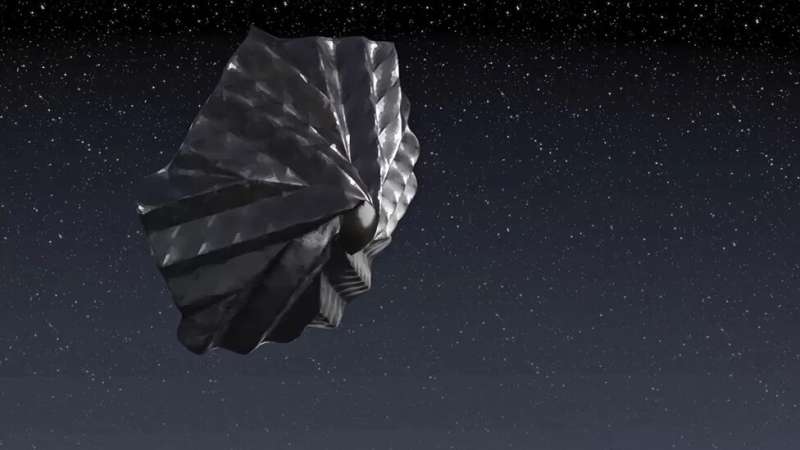
A revolution in space manufacturing is coming. Enabled by cheaper launch costs, companies are scrambling to take advantage of easier access to the benefits space offers as a manufacturing environment. These include a constant vacuum, near absolute zero temperatures, and a lack of any significant gravity. These features would enable easier processing and manufacturing of hundreds of products, from pharmaceuticals to metal alloys. The tricky part is getting them back down to Earth, where they can be used.
A company based in the U.K. recently revealed what they think is a viable solution for that. Space Forge, which is developing a reusable manufacturing platform for use in space, recently discussed their Pridwen heat shield. The most remarkable thing about this new heat shield is it's reusable.
Typical heat shields, such as those used on the Apollo missions and even on the more modern Dragon capsules from SpaceX, are "ablative.
Shaun to the Moon and baaa-ck
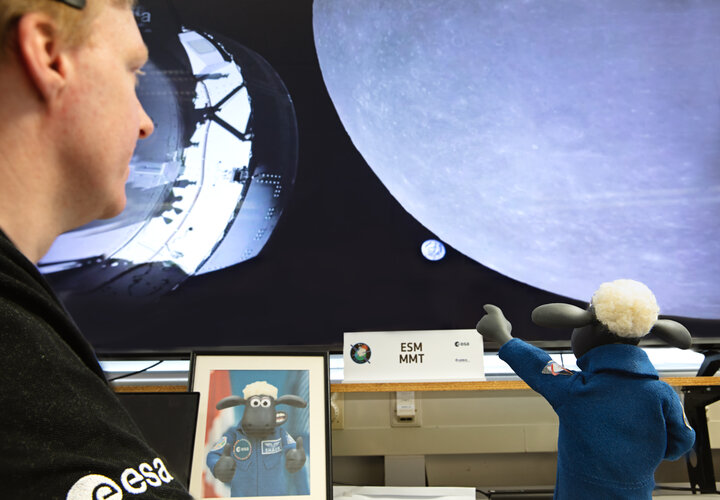 Image:
Shaun to the Moon and baaa-ck
Image:
Shaun to the Moon and baaa-ck Chinese aerial remote sensing system obtains mountain, glacier detection data
 A Chinese aerial remote sensing system has obtained effective mountain glacier detection data through an ongoing combined detection experiment.
The Chinese Academy of Sciences (CAS) and Wuhan University are conducting a sky-ground scientific experiment to test the condition of glaciers in the Haibei Tibetan Autonomous Prefecture in northwest China's Qinghai Province.
The experiment h
A Chinese aerial remote sensing system has obtained effective mountain glacier detection data through an ongoing combined detection experiment.
The Chinese Academy of Sciences (CAS) and Wuhan University are conducting a sky-ground scientific experiment to test the condition of glaciers in the Haibei Tibetan Autonomous Prefecture in northwest China's Qinghai Province.
The experiment h New Beidou satellite launches into orbit
 China launched a Long March 3B carrier rocket on Wednesday morning to transport a satellite into space for the country's Beidou Navigation Satellite System, marking the first deployment of a Beidou satellite in three years.
As the countdown ticked down to zero at 10:49 am at the Xichang Satellite Launch Center in the southwestern mountainous region in Sichuan province, eight engines on the
China launched a Long March 3B carrier rocket on Wednesday morning to transport a satellite into space for the country's Beidou Navigation Satellite System, marking the first deployment of a Beidou satellite in three years.
As the countdown ticked down to zero at 10:49 am at the Xichang Satellite Launch Center in the southwestern mountainous region in Sichuan province, eight engines on the Sidus Space contracts with Leaf Space for additional ground station coverage
 Sidus Space Inc. (NASDAQ: SIDU), a pioneer in the Space and Defense-as-a-Service satellite sector with a keen focus on manufacturing mission-critical hardware, providing multi-disciplinary engineering services, satellite design, production, launch planning, mission operations and in-orbit support, has today expressed delight in announcing the signing of a pivotal service agreement with Leaf Spac
Sidus Space Inc. (NASDAQ: SIDU), a pioneer in the Space and Defense-as-a-Service satellite sector with a keen focus on manufacturing mission-critical hardware, providing multi-disciplinary engineering services, satellite design, production, launch planning, mission operations and in-orbit support, has today expressed delight in announcing the signing of a pivotal service agreement with Leaf Spac 


